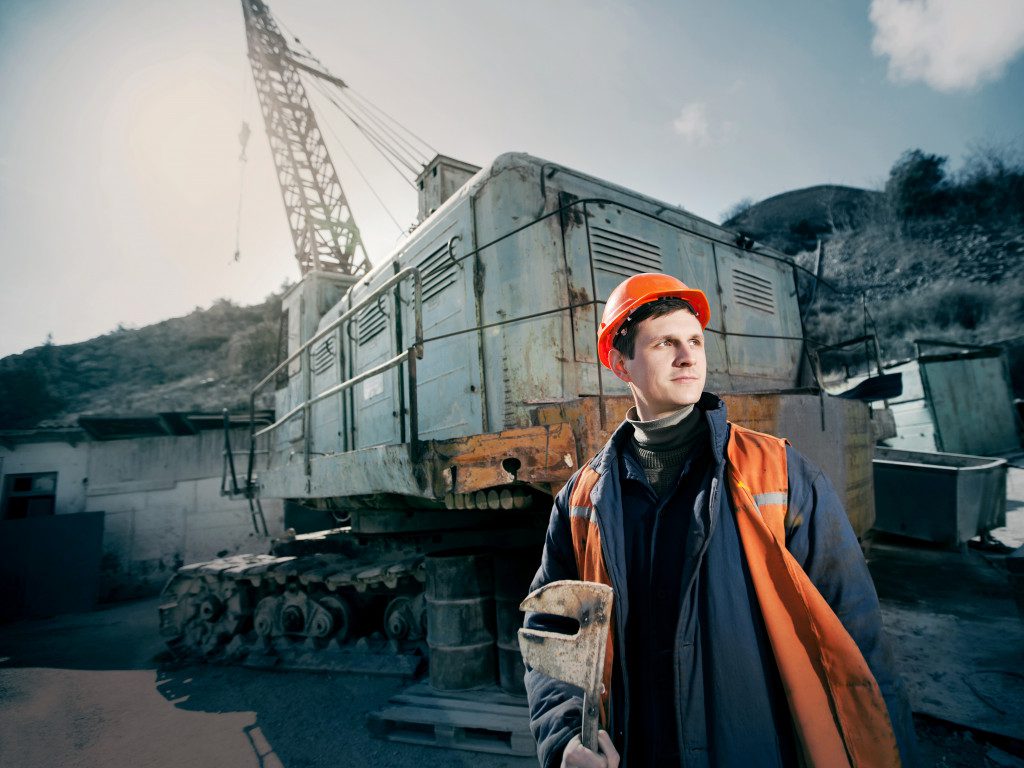- Mining businesses require hefty investments, mainly in equipment, labor, energy, and maintenance costs.
- Leasing or buying used equipment, optimizing staff numbers, and investing in new technology can reduce costs.
- Alternative renewable energy sources like solar, wind, biogas, and geothermal can significantly cut energy expenses.
- Regular inspections and preventative maintenance can curb maintenance costs and prevent severe equipment downtime.
Mining businesses are not cheap to run, and significant expenses can quickly add up. As a businessman, you need to be aware of the costs that come with a mining business. Knowing where your money is going and how to manage expenses is crucial to keeping your mining operations profitable. This blog will discuss the significant expenses in the mining business and what you can do about them.
Equipment Costs
One of the most significant expenses in a mining business is the cost of equipment. Heavy machinery such as excavators, dump trucks, and bulldozers are essential to mining operations but can be incredibly costly. The high capital costs of these machines can make it difficult to purchase new ones or replace old ones.
However, there are ways to manage this expense. One option is to lease equipment instead of purchasing it outright. By leasing, you can reduce the initial cost and spread the payments over a longer period. Another option is to buy used equipment. While it may have a shorter lifespan than a new machine, used equipment can still be reliable and save you money in the long run.
But when it comes to smaller equipment like handheld XRFs, it’s best to go for new, top-of-the-line models that will last for years and won’t need constant maintenance. You should also consider equipping it with handheld XRF accessories that will increase its functionality and reduce the costs associated with repairing and replacing parts.
Such accessories include ruggedized cases, calibration plates, battery packs, and other items that can help make the most out of your device. You can get these accessories from trusted handheld XRF accessory stores online. They’ll have products that meet your needs and budget and will ensure that your device performs to its maximum potential.
Labor Costs

Labor costs are another significant expense in a mining business. You need skilled workers to operate your machinery and manage your operations. Salaries, benefits, and other employee-related expenses can add up quickly. To manage labor costs, you need to strike a balance between hiring enough workers to keep your mining operations running smoothly and not overstaffing. Overstaffing can lead to wasted labor costs and inefficiencies.
Energy Costs
Mining operations require a lot of energy, and energy costs can be a significant expense. The cost of electricity, fuel, and other energy sources can add up quickly. To manage energy costs, you can explore alternative energy sources such as the following four:
Solar power
Solar power can be a great way to offset energy costs in a mining business. Solar panels are relatively affordable and easy to install, making them an excellent option for mining operations. They generate clean, renewable energy that can significantly reduce your electricity bill over time.
Wind power
Wind turbines are another alternative energy source that’s worth considering for mining businesses. While they require more upfront investment than solar panels, they can produce a steady stream of energy and reduce your reliance on the traditional power grid.
Biogas
Biogas is produced when organic matter such as animal waste or crop residues decomposes in anaerobic conditions. It’s an excellent alternative to fossil fuels since it produces fewer emissions and is renewable. Additionally, biogas can be used to generate electricity and heat, making it a cost-effective option for mining businesses.
Geothermal energy
Geothermal energy is another renewable energy source that mining operations can tap into. It involves using the Earth’s natural heat to generate electricity. This type of energy is clean and efficient, with minimal environmental impact. Plus, the upfront costs of setting up a geothermal system can be offset by the savings on your energy bill.
Additionally, you can implement energy-efficient practices such as turning off equipment when not in use and utilizing automation to reduce energy usage.
Maintenance Costs

Heavy machinery requires regular maintenance to keep it running smoothly and avoid downtime. Maintenance costs can include replacement parts, labor costs, and equipment downtime. To manage maintenance costs, it’s crucial to prioritize regular inspections and preventative maintenance. Addressing minor issues before they become larger problems can save you significant amounts of money and avoid severe equipment downtime.
Running a mining business is undeniably expensive, with costs spanning equipment and labor to energy and maintenance. However, with strategic planning, these costs can be effectively managed. Leasing or purchasing used heavy equipment, optimizing staffing, leveraging renewable energy sources, and prioritizing preventative maintenance are critical strategies that can help curb these expenses. In the end, a keen understanding of your major expenses and a strategic approach to managing them will be instrumental in ensuring the profitability and sustainability of your mining business.


